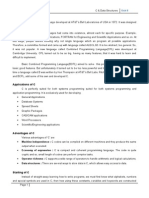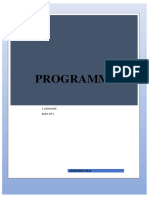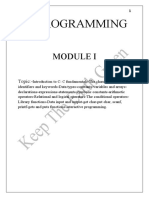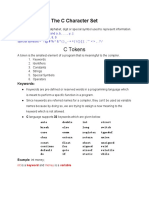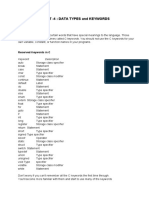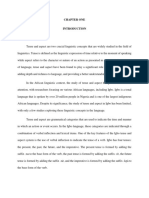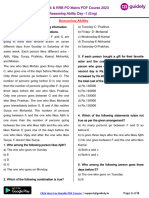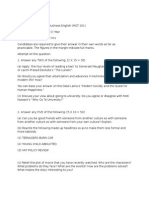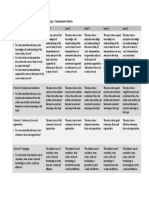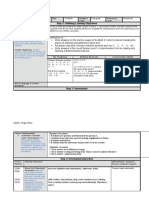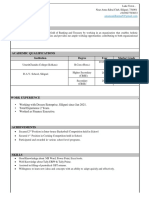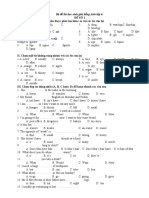0% found this document useful (0 votes)
9 views67 pagesUnit2 C
The document provides an overview of C programming, covering its character set, keywords, data types, variable definitions, and declarations. It explains operators, type casting, and input/output functions, including formatted input and output using printf() and scanf(). Additionally, it introduces functions for reading and writing characters and strings in C.
Uploaded by
srip08831Copyright
© © All Rights Reserved
We take content rights seriously. If you suspect this is your content, claim it here.
Available Formats
Download as PPTX, PDF, TXT or read online on Scribd
0% found this document useful (0 votes)
9 views67 pagesUnit2 C
The document provides an overview of C programming, covering its character set, keywords, data types, variable definitions, and declarations. It explains operators, type casting, and input/output functions, including formatted input and output using printf() and scanf(). Additionally, it introduces functions for reading and writing characters and strings in C.
Uploaded by
srip08831Copyright
© © All Rights Reserved
We take content rights seriously. If you suspect this is your content, claim it here.
Available Formats
Download as PPTX, PDF, TXT or read online on Scribd
/ 67









